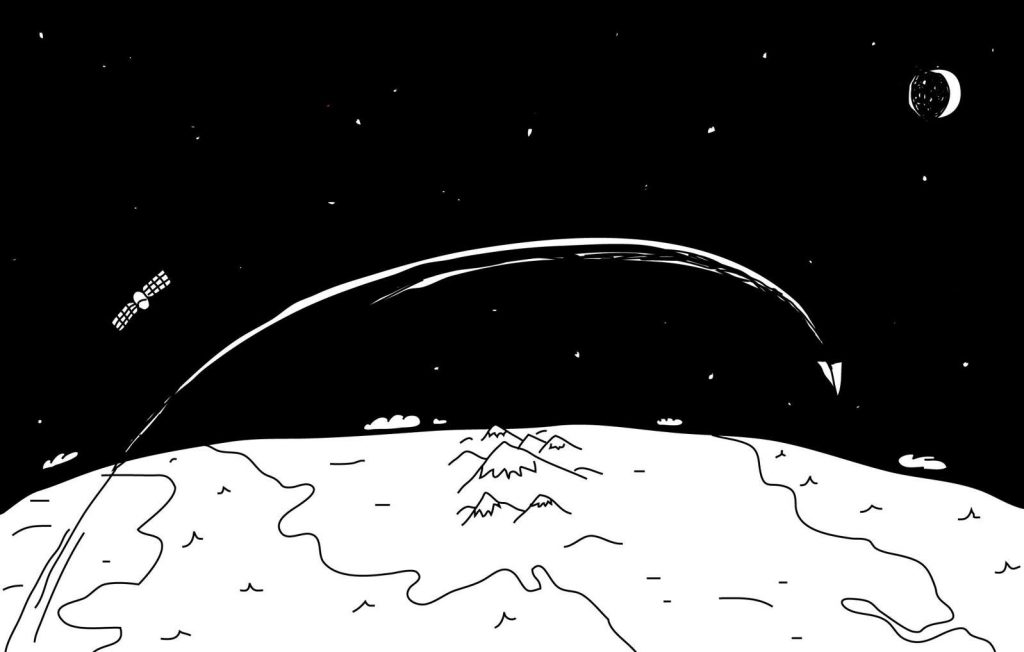© Illustration: 731 tech_venus This image can only be used with attached article for period of 90 days from publication
Bloomberg
Lizette Chapman
(Bloomberg Businessweek) — Traveling in a space plane is a lot like traveling in a regular plane, except for the middle part. After reaching cruising altitude, the pilot hits the rocket boosters and blasts the aircraft to the edge of space at more than 9,000 mph, or about 12 times the speed of sound. The plane travels at that speed for about 15 minutes, then glides against the atmosphere to slow itself down, cruising back to Earth to land at a conventional airport.Venus Aerospace Corp., a startup pursuing a hypersonic space plane, is aiming to use this technique to ferry people from Los Angeles to Tokyo in about an hour. The company was started by two former Virgin Orbit LLC employees: Sarah “Sassie” Duggleby, a code-writing launch engineer, and her husband, Andrew, who managed launch, payload, and propulsion operations. They became fascinated by hypersonic travel after missing Sassie’s grandmother’s 95th birthday party because the flights were too long from Japan, where they were living at the time. So they left Virgin last June to build their own space plane.
Venus now has 15 employees, most veterans of the space industry, and has received investment from venture capital firms including Prime Movers and Draper Associates. “Every few decades humans attempt this,” says Andrew Duggleby, in a tacit acknowledgment of the idea’s repeated failure. “This time it will work.”
The Dugglebys say their space plane will differ from past efforts because it has a more efficient engine, allowing it to handle the extra weight that comes with having the wings, landing gear, and jet engines that enable takeoffs and landings similar to a passenger airplane. Jack “2fish” Fischer, a former NASA astronaut who’s reviewed Venus’s plans, says the initial blast of acceleration “throws you back in your seat” but soon disappears because “you get going so fast that you don’t even feel it anymore.”
Still, flights aren’t imminent. The shape of the aircraft is a work in progress, and the company will begin testing three scale models this summer. The Dugglebys, who’ve secured a small research grant from the U.S. Air Force and are pursuing additional funding from the Department of Defense, expect the project to take a decade or more.
Once the technology is worked out, Venus will still have to figure out the business, which consists of finding passengers willing to pay a premium to get halfway around the globe quicker. “This is for regular people,” Sassie Duggleby says. But past attempts at superfast flight, such as the Concorde, which traveled at twice the speed of conventional aircraft, and Aerion Supersonic, which promised travel between any two spots on Earth in three hours, didn’t last. Jesse Klempner, a partner at McKinsey & Co.’s aerospace and defense practice, says there’s a limit to people’s impatience: “It hasn’t been proven that the vast majority of humanity will pay a lot for an hour of time.”
More stories like this are available on bloomberg.com
©2021 Bloomberg L.P.

